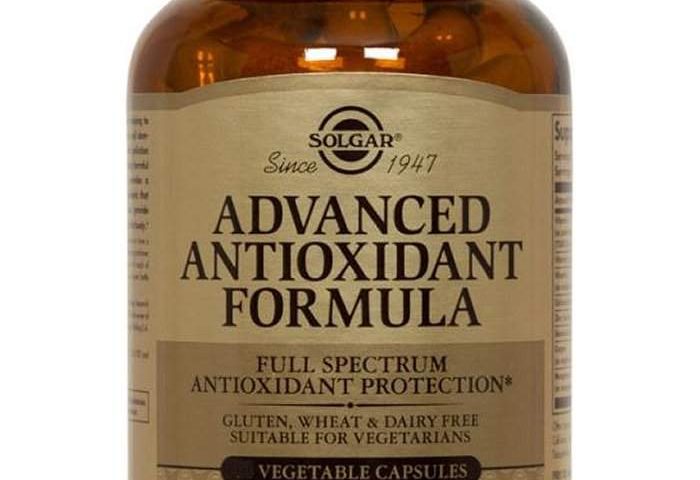A six-month treatment with a daily combination of antioxidants was found to significantly reduce endometriosis-associated pelvic pain, according to researchers.
Their study, “Effectiveness of an antioxidant preparation with N-acetyl cysteine, alpha lipoic acid and bromelain in the treatment of endometriosis-associated pelvic pain: LEAP study,” was published in the European Journal of Obstetrics & Gynecology and Reproductive Biology.
Research suggests that oxidative stress — an imbalance between the body’s production of potentially harmful reactive oxygen species and its ability to contain them — may promote endometriosis and infertility.
Recently, a cocktail of antioxidants containing a combination of N-acetyl cysteine, alpha lipoic acid (a natural antioxidant that exists in many foods), bromelain (an enzyme found in pineapple), and zinc has shown promising results as a strategy to control endometriosis-associated pelvic pain in animal models of the disease.
Also, supplements of antioxidants along with vitamins C and E reduced chronic pelvic pain and markers of inflammation in a randomized trial with women with endometriosis compared to placebo.
Researchers from Spain tested the effects of the antioxidant preparation with N-acetyl cysteine, alpha lipoic acid, and bromelain in endometriosis-associated pelvic pain.
The study enrolled 398 women with endometriosis (mean age 34.6) with 92.7% of them reporting moderate to intense pain at the start of the study — a score above 4 on the visual analogue scale (VAS).
The VAS is a scale from zero (no pain) to 10 (worse pain imaginable). Around half of them (55.5%) have never been pregnant.
Endometriosis-associated pelvic pain “was classed as mild when VAS was 4–5, moderate when VAS was 6–7, and severe when VAS was 8-10,” researchers wrote.
Women began treatment with the antioxidants at a dose of two tablets a day — N-acetyl cysteine (600 mg), alpha lipoic acid (200 mg), bromelain (25 mg), and zinc (10 mg) — administered for six months. Researchers evaluated patients’ pain scores after three months of treatment and again at the end of the treatment.
At the beginning of the trial, the mean VAS score for pain was 6.68. To control the pain, 86.4% of the women (344 participants) required the use of analgesic medication, specifically nonsteroidal anti-inflammatory agents (NSAIDs), like ibuprofen.
“Of the patients who took NSAIDs, 55.8% were taking them every 8 hours for 4–5 days per cycle and 13.6% needed to take an NSAID continuously each day,” researchers wrote.
Within three months of treatment, researchers analyzed the outcomes of 373 participants. The analysis showed the mean VAS score for pain showed a significant decease to 4.55, and fewer women, 57.4%, required the help of NSAIDs to deal with the pain.
The percentage of women taking NSAIDs daily also decreased, and was now at only 4.3%.
At the end of the six-month treatment period, the mean VAS score for pain continued to decrease and reached a score of 3.52, with only 37.4% of the participamts taking NSAIDs. Daily use was reported by only 1.3%.
The results showed the combination of antioxidants improved the pain score in 91% of women with severe pain and 67% of those with moderate pain, researchers found.
“At the 6-month visit, 52% of patients reported pain equal to or less than 3,” they wrote.
“Our study shows that women with endometriosis who wish to become pregnant and are treated with a preparation containing N- acetyl cysteine, alpha lipoic acid, and bromelain experience a significant improvement in pain associated with endometriosis and require lower intake of rescue analgesics,” the researchers added.

